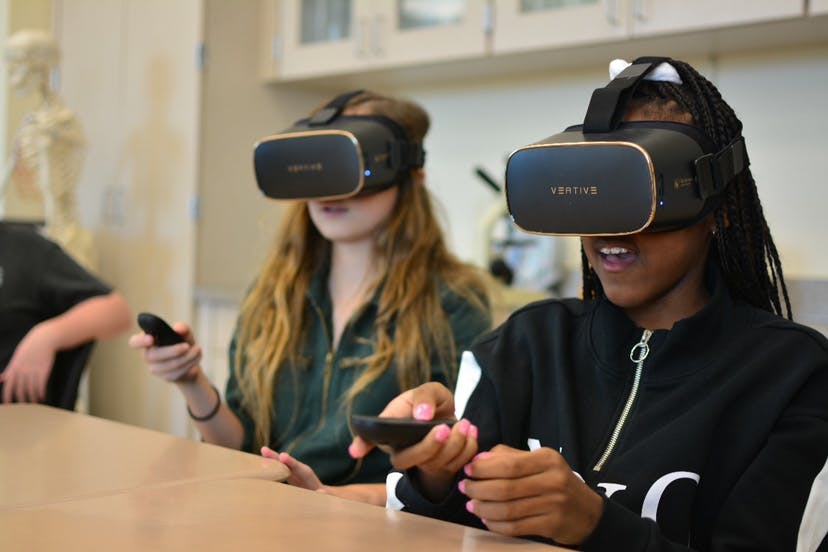How Virtual Reality is Changing the World of Design
One morning, when Gregor Samsa woke from troubled dreams, he found himself transformed in his bed into a horrible vermin. He lay on his armour-like back, and if he lifted his head a little he could see his brown belly, slightly domed and divided by arches into stiff sections. The bedding was hardly able to cover it and seemed ready to slide off any moment.
I should be incapable of drawing a single stroke at the present moment; and yet I feel that never was a greater artist than now.

The impact of VR is also being felt in the design process. Many architects, for example, replaced their wood and cardboard building models with headset walk-throughs of new projects. These 3D prototypes enable the creators to check proportions and get a better sense of what it’s like to live or work in a planned home or office. Architects also use computer generated walk-throughs to give clients a clear understanding of the spaces being constructed.
VR is addressing problems in ways that couldn’t have been done even just a few years before, when clunky hardware and slower networks made augmented reality solutions less practical, explains Vitolo. As the technology continues to evolve, the way content is designed will change with it and open creative opportunities for entertainment and learning.

